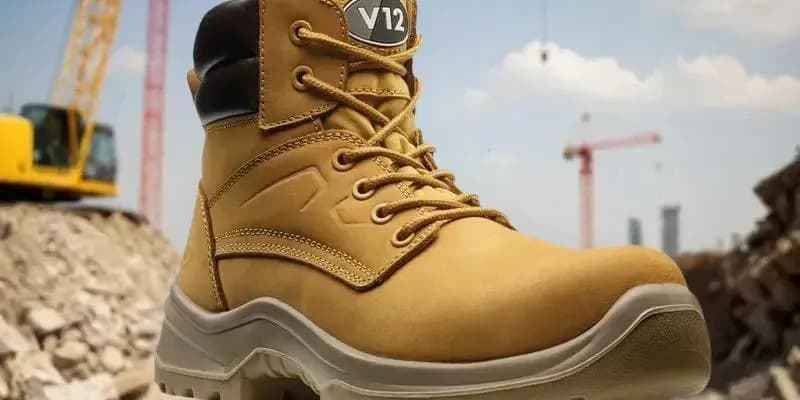
By Samuel Rapley 15/11/2019
Under: Site Set Up / Team WelfareManaging Ice and Snow on a Construction Site
The HSE’s Approved Code of Practice makes clear that businesses must minimise the risks from snow and ice to a reasonable level. As well as staying in line with legislation, dealing with the risks of ice and snow ensures the wellbeing and productivity of your team.
Planning Ahead
Managing the risks of ice and snow requires planning and preparation. You should thoroughly assess how ice, frost and snow could affect daily working activities. Keep a close eye on the forecast and stay one step ahead of the weather to prevent workers finding themselves in unsafe scenarios. Stay informed by visiting a weather service site such as the Met Office or Highways England .
Don’t forget, the forecast doesn’t always get it right. Watch out for any warning signs that conditions may change. Your planning should include how you will deal with risky conditions that arrive unexpectedly.
Gritting
It’s much easier to deal with ice if it is not allowed to form in the first place. Gritting with de-icing salt is the most common method of reducing ice formation on working surfaces. Gritting should be carried out on walkways, working areas, steps and emergency exits whenever freezing conditions, ice or snow is forecast.
It’s best to grit in the early evening before the frost settles but watch out for rain which can wash grit away. Use a grit spreader to save time on larger areas.
Ground Coverings
For smaller areas, such as walkways, consider covering them overnight to prevent ice formation. Material such as laminated tarpaulin is a good option for ground covers.
Clearing Snow
Make sure you have a snow shovel in your cold weather tool kit, so larger amounts of snowfall can be cleared from pathways and working areas when required. Snow can hide risks such as hidden trip hazards or skylights on rooftops, so extreme care must be taken during removal.
Snow build-ups on roofs can also be dangerous if it melts and falls. Ensure that snow is carefully cleared from roofs where people are working or passing underneath.
Footwear
Reinforced safety footwear with good tread, paired with thermal socks, will reduce slip risk and keep feet warm in the cold. When there’s ice and snow on-site, use traction overshoes to improve grip.
Rescheduling and Diverting
When safety measures do not reduce the risks to an acceptable level, or if bad weather arrives unexpectedly, it may be necessary to close unsafe locations and reschedule work activities. If walkways are a problem, locate a safer route which workers can use instead.
Winter Kits
If you want a convenient way to ensure you have everything you need to keep your team safe this winter, talk to one our Safety Champions about our Winter Kits, which come in a range of sizes.
Need help with your winter safety? Call today to speak to one of our Safety Champions on: 0333 003 5710.
Enfield Safety – no one works harder to bring you health, safety and welfare products at the right price, on time, every time.

 (1).jpg)
